
Follow This Fall Garden Cleanup Guide, Then Chill All Winter Long
Your down-and-dirty guide to putting the garden to bed so you (and your garden) can take the winter off.
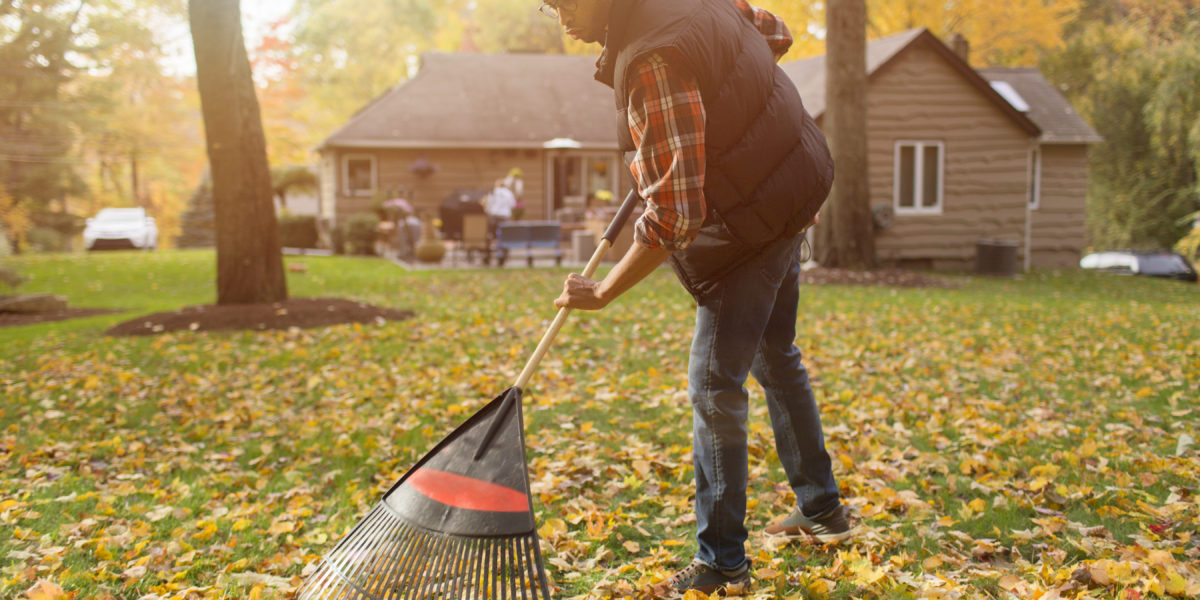
The change of seasons from summer to fall evokes so many cozy, hygge things: fire-side apple cider, pumpkin spice lattes, boots and nubby sweaters. For gardeners, it also signals the time to harvest what we can and then button things up for winter. When I look out the window, I don’t just see the leaves changing to beautiful hues and lazily drifting off the trees; I see an ever-growing fall garden cleanup to-do list mounting before my very eyes.
Besides cleaning up the garden, there are a few things you should do no matter what, if, unlike our friends in the paradisiacal parts of California, you live in a climate that experiences actual seasons. For example, disconnect the hose and put it away; bring the irrigation control panel (if you have one) inside so it doesn’t freeze and crack; clean the gutters; oil your tools; all that jazz. But before you tackle those end-of-season chores, knock out this handy to-do list.
Yank Dead Veggies and Annuals
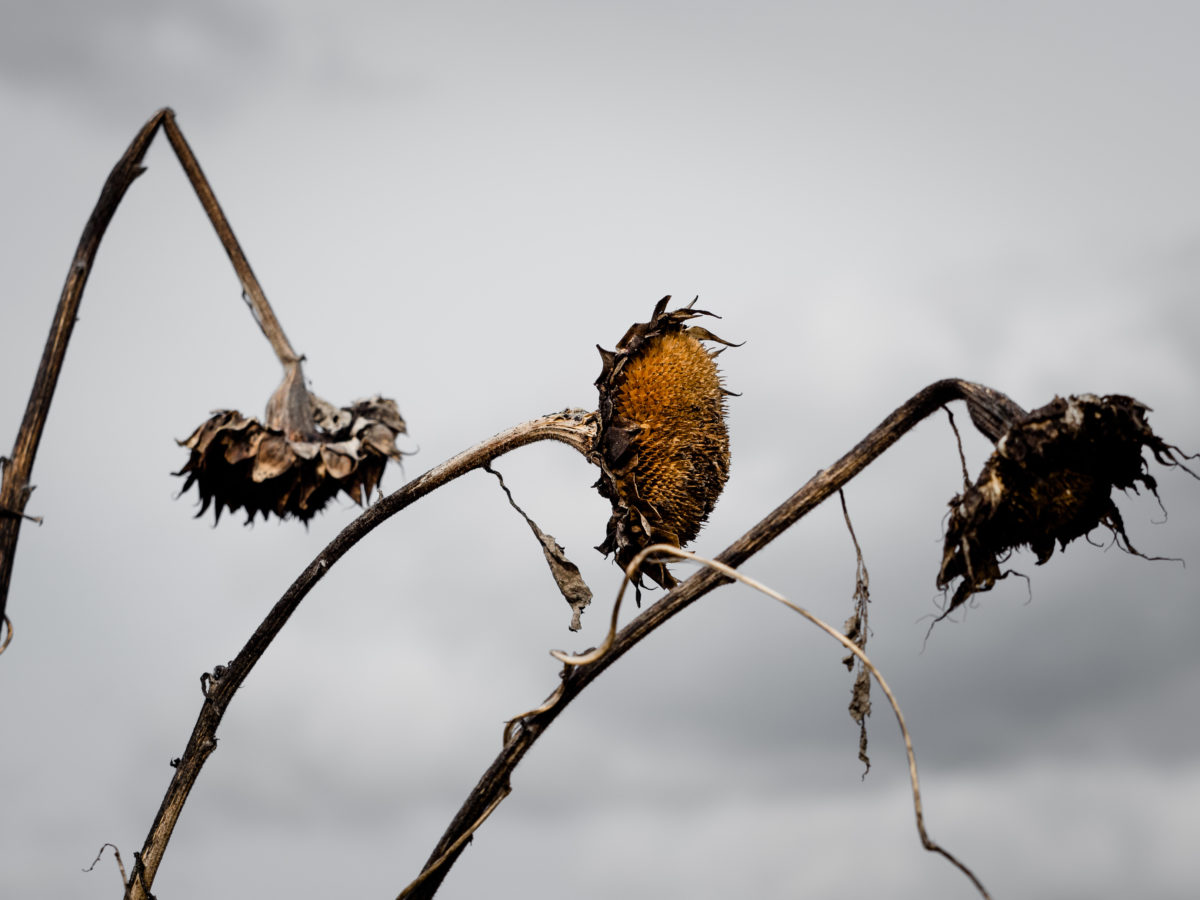
First thing’s first: Get the plant skeletons outta there. Ok, there’s technically nothing wrong with leaving dead plants standing if you live in a dry climate; they do provide a bit of habitat. Sunflowers and other annuals with seed heads are great for birds, and can stay until they’ve been fully snacked out. But in wetter places, dead plants can harbor mold and mildew, and if they were diseased or infested with something really insidious, don’t even mess around—pull them and put them out with the trash in yard debris bags. Don’t compost diseased plants to use in your garden—it just reintroduces the problems to your yard to wreak havoc another year.
Side note: if you have medlars, persimmons, sea buckthorn, or quinces, you should leave those on the tree for quite awhile before harvesting, or they won’t actually taste good. These fruits all need to blet, or soften, before they’re edible, and most should stay outside until the first hard frost.
Rake Leaves…or Don’t
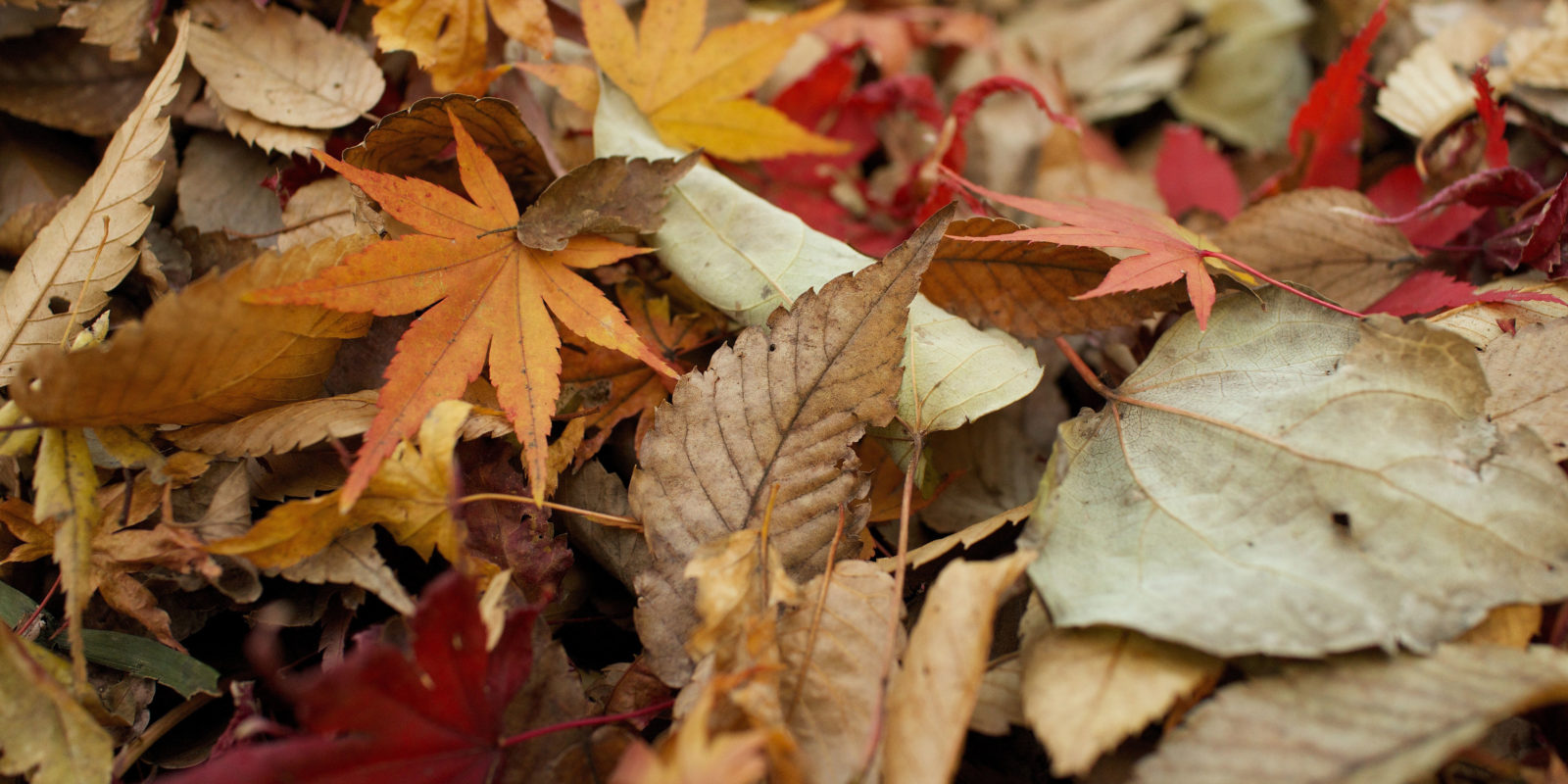
Courtesy of Pixabay
I’m going to let you in on a little fall garden cleanup secret: You don’t have to actually do all the cleanup now. Leaves and old fruit are great for birds and beneficial insects. Ladybugs need a place to hibernate, and the larvae of butterflies and native ground-nesting bees need a place to hunker down for the winter. I punt a lot of my garden cleanup to the spring for this reason alone (and also because I’m kind of a lazy gardener). I do keep the leaves off the sidewalk to be a good neighbor, and I remove them from my patio so it doesn’t get too slippery (especially when it rains), but I just dump them all either onto my vegetable beds or into my chickens’ run—the hens go nuts kicking them around to hunt for goodies.
If you have a lawn, you can leave a bit of leaf litter behind, but thick layers aren’t good for it. If you do prefer to clean your leaves up, compost them! This is easier if you have a mulching mower or blower; then the leaves act as free mulch.
Mulch Ado About Nothing
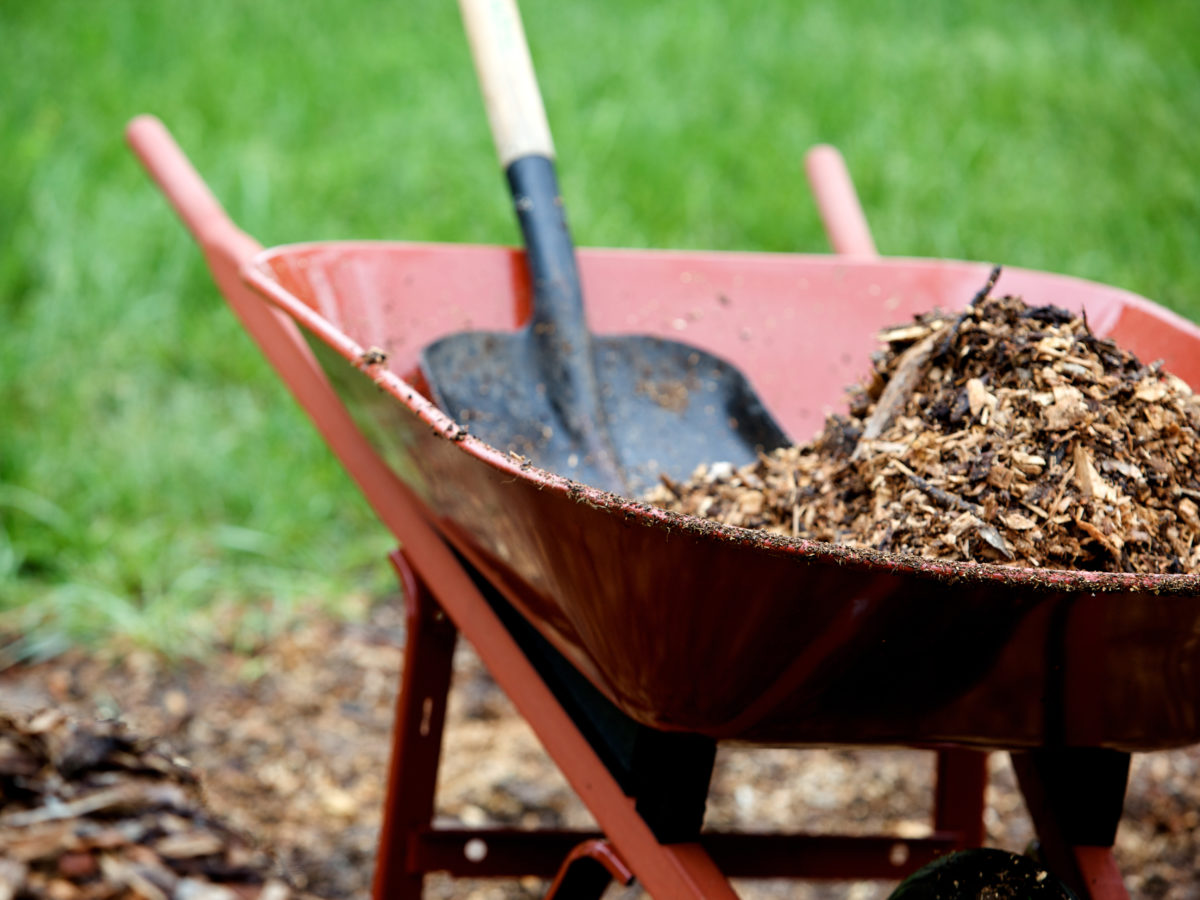
eyecrave / Getty Images
I consider adding a good, 2-inch-thick layer of organic mulch one of my mandatory fall garden cleanup tasks. It helps keep weeds suppressed, it prevents soil from washing away in heavy rains, and in the long-term, it improves your soil’s tilth, which benefits the health of your plants. And it does give everything a tidy “‘night-‘night, garden” look that brings me peace.
If you’re thinking about starting a new bed (or even better, ditching your lawn entirely), this is an ideal time to give sheet mulching a try. It’s fast, cheap, easy, and environmentally friendly—a winning combination!—and will be ready to plant in the spring. Our friends at the Oregon State University Extension Service have a great guide.
Add Compost
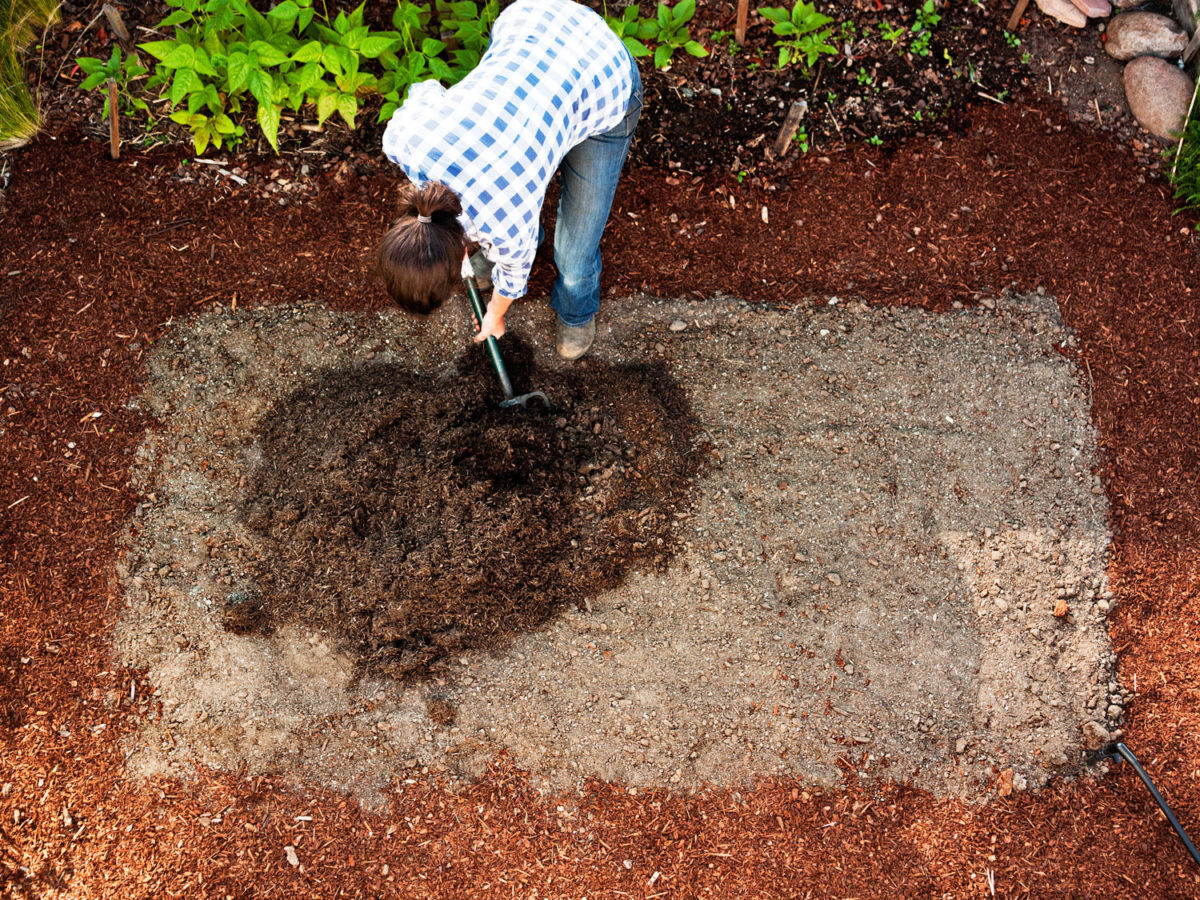
You can do this in the spring instead, but if you do it in the fall, it gives earthworms a chance to do some of the work before you get planting again. If you can till it in, even better, but even just scraping some in with a rake hoe or cuttlefish hoe is better than nothing. If you have a winter vegetable garden, just add the compost and leave the stirring work to the worms. You can also add manure (especially if you keep chickens or rabbits) and leaves, and let it all rot in place.
Pruning and Deadheading
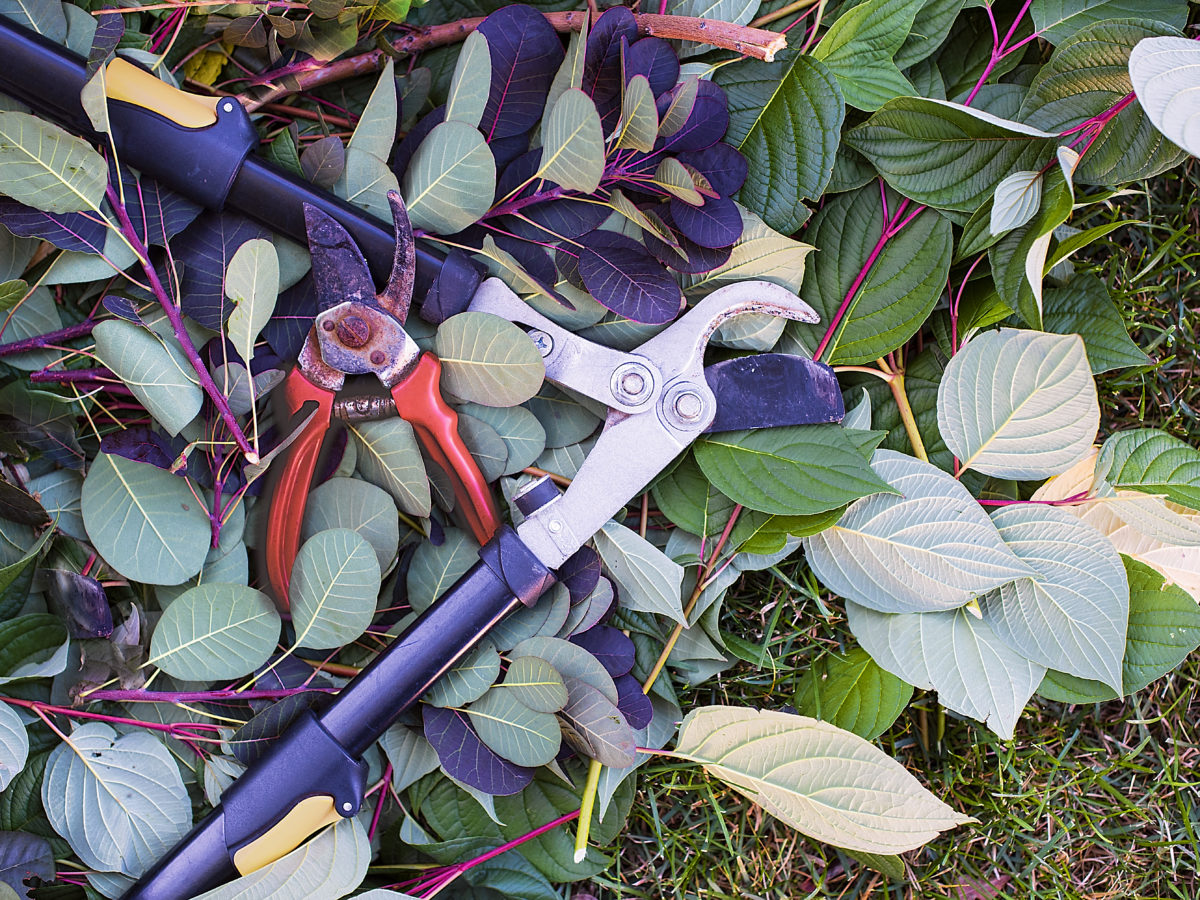
Gail Shotlander / Getty Images
You don’t need to prune your trees and shrubs in the fall. After my fruit trees have lost their leaves (or most of them; my apples tend to stubbornly hold onto theirs all the way to December), I trim dead or scraggly branches back a little to keep the weight off in the event we get some snow or ice. Otherwise, I leave hard prunes for spring, so plants don’t sit around all winter with big old boo-boos that won’t be able to heal well; big cuts leave open wounds that can allow diseases to enter before the plant can harden off and form its scab. I also trim back softer-woody plants like berry bushes (blackberries, raspberries, currants, elderberry) and hydrangea (these might also need extra protection—see below), but I save that until late fall. I cut my bamboo back quite a lot to keep it from flopping across my entire yard in the snow (it’s a grass, so it can handle the trim).
The dead leaves and branches of perennials should be trimmed back if you prefer a tidy appearance; hardy and/or evergreen perennials can just be deadheaded to the same effect. When you’re deadheading, save those seeds! You can keep them indoors until spring. If they need to be cold-stratified (like brown-eyed Susan, evening primrose, lavender, and balloonflower) you can store them in the fridge or leave them on the ground over winter and let them come up when they’re good and ready in the spring. Fall is the best time to divide and replant perennials like hosta, too.
Protect Fussy/Semi-Hardy Plants
In areas with hard winters (or if severe weather is in the forecast), wrap plants like banana, canna, and young or newly planted trees in brown paper or burlap to keep them cozy. Young trees and shrubs can also use a little tree wrap on the lower 12-18″ of the trunk to keep rodents and rabbits from nibbling that tasty bark in the winter.
If you’re like me and enjoy pushing your luck with growing containers of plants that are out of your jurisdiction (whyyy do I keep telling myself I can grow a bougainvillea in Portland?!), move potted perennials into a garage or somewhere a bit warmer to sit out the winter. I’ve had decent results moving things like agave over to the southern side of my house, next to the dryer vent, to stay a bit warmer. Just keep them draped in paper to protect them, and cover the soil so it stays dry.
Dig dahlia tubers if you live in a climate where the ground will freeze, otherwise adding a few inches of mulch on top is enough protection. If you’re digging, be sure and trim away mushy spots, and feel free to divide them. Follow this guide for more tips on storing dahlias for the winter.
